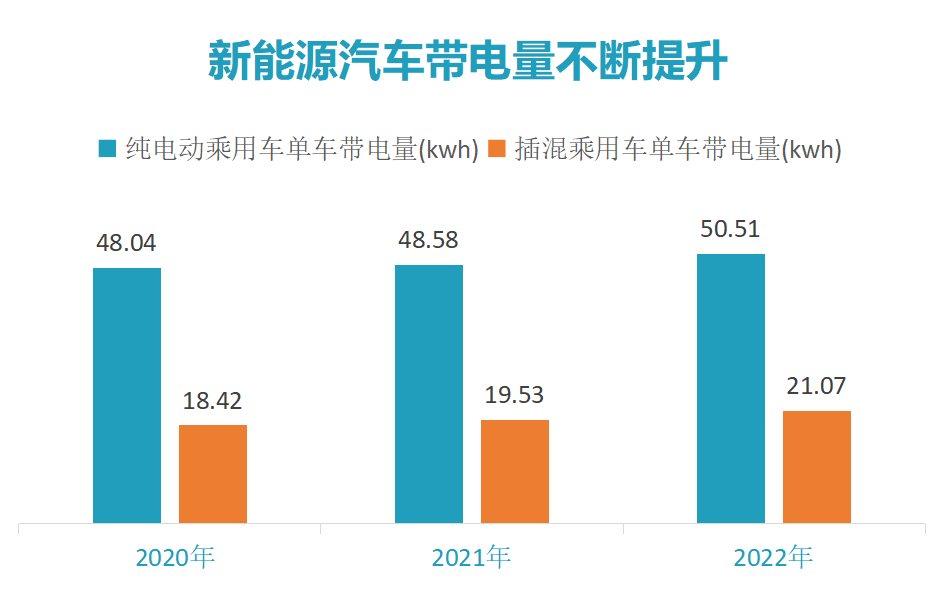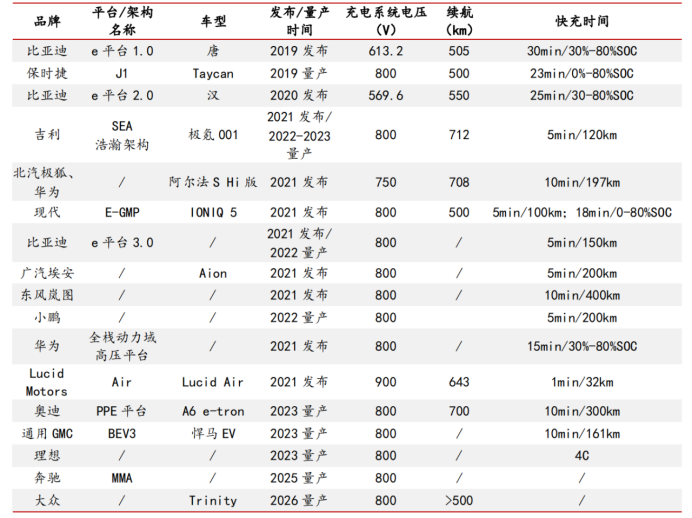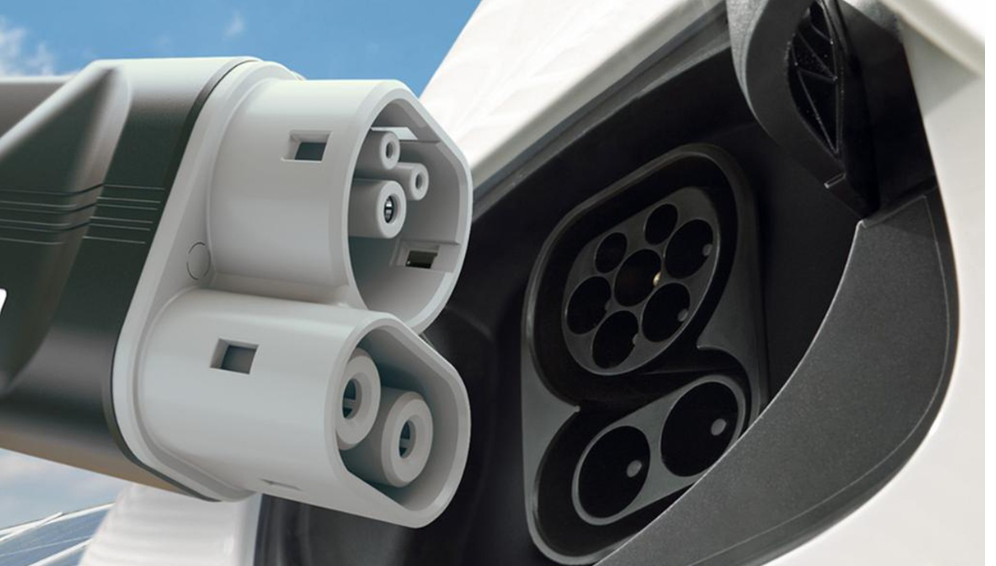Author: Wang Lingfang
Editor: Qiu Kaijun
The birth of 800V is due to fast charging.
In 2019, Porsche launched the Taycan pure electric supercar, unveiling the era of the 800V high-voltage electrical architecture. In addition to its powerful performance, the Taycan charging speed is also impressive – it can charge 120km of range in just 5 minutes.
In 2022, Xpeng launched the first domestic mass-produced vehicle G9, which runs on the 800V high-voltage SiC platform. It can charge 200 km of range in just 5 minutes.

So far, high-voltage fast charging has become one of the ways to achieve fast charging and has gained more and more attention from automakers.
However, the current mainstream models on the market are 400V voltage platform products. It should be noted that both 400V platform and 800V platform are referred to as “voltage platforms”. The voltage range of mainstream new energy vehicle high-voltage electrical systems is generally 230V-450V, with a mid-value of 400V, which is generally referred to as the 400V system; The voltage range of the high-voltage electrical system of the whole vehicle reaches 550-930V, with a mid-value of 800V, which can be referred to as the 800V system.
Although high-voltage fast charging is so attractive, is it necessary for all passenger cars to be equipped with 800V? Is there still potential for higher voltage platforms?
The answer is not so clear-cut.
Increase in Battery Capacity Boosts Demand for Fast Charging
Compared with gasoline vehicles, the biggest disadvantage of electric vehicles is long charging time.
With the trend of longer range in car models, the battery capacity of passenger cars is increasing, and the charging time is constantly getting longer. The battery capacity of pure electric vehicles has increased from 48 kWh in 2020 to 50 kWh in 2022, and that of plug-in hybrid vehicles has increased from 18 kWh in 2020 to 21 kWh in 2022.

Data from the “2022 China Electric Vehicle User Charging Behavior White Paper” shows that most users are sensitive to charging time. Fast charging stations are the preferred choice of 96% of users due to their high charging efficiency. The average single charge time for users using direct current fast charging stations is 48.7 minutes, and the weekly charging frequency is as high as 4.51. At the same time, users prefer to use high-power charging facilities, and 72% of users choose charging facilities with a power of 120 kW or higher.As can be seen, with the gradual increase of the vehicle’s charged capacity, fast charging has become an important requirement of customers.
Based on the demands of consumers, automakers have started to consider improving the fast charging ability of vehicles.
400 kilometers range is an important dividing line. According to the data statistics from “European Automobile Stories”, the 400 km driving range is the dividing line for electric vehicles in terms of fast charging demand. If the driving range is greater than 400 kilometers, automakers will start thinking about how to improve the charging rate.

The Choice between High Current and High Voltage
There are generally two ways to achieve fast charging: one is to increase the current and the other is to increase the voltage.
Tesla is a typical automaker that uses the method of increasing the current. The V3 Supercharger can achieve a charging power of 250 kW under the condition of 400V voltage, and the Model 3 can travel 250 kilometers after charging for 15 minutes.
If a 400V vehicle wants to achieve high-power charging, it needs to increase the current. The problem with this solution is that the charging gun, cable, and battery core components will produce high heat loss. In other words, a lot of power is dissipated in the form of heat. The advantage is that the car-side technology remains unchanged. By simply upgrading the supercharger, the charging power can be increased. However, the speed of fast charging is also limited by the platform voltage, and the space brought by upgrading only the current will soon come to an end.
J.Sunitron Electronics explained to “Electric Vehicle Observer” with data that the maximum current limit of mainstream charging guns is 500A, and the charging power that can be achieved is about 200 kW. Automakers generally use a 400V voltage system and 250A current to achieve a charging power of 100 kW. According to the calculation of a single vehicle with a charged amount of 50 kWh, it takes 30 minutes for the battery to charge from 30\% SOC to 80\% SOC. The 800V high voltage system can achieve a charging power of 300-500 kW, and it only takes 6-10 minutes to rapidly replenish energy.
Besides, the 800V high voltage platform supports fast charging for a longer time. According to a research shared by Wang Chao, the president of Huawei’s intelligent electric domain, when using the low voltage and high current mode, the maximum power charging only appears in the 10\%-20\% SOC period, and the charging power drops rapidly in other areas. However, in the 800V high voltage mode, maximum power fast charging can support the 30\%-80\% SOC period. Therefore, compared to the low voltage high current mode, the 800V high voltage mode supports fast charging for a longer time.In other words, under high voltage, charging time is longer, but the charging speed is faster.
Compared with the high current mode, it can be found that the disadvantages of the quick charging mode are lower charging limit and greater loss. Therefore, more car companies tend to use high voltage to solve the quick charging problem.
Currently, car companies such as BYD, Geely, XPeng, Voyah, Lucid, Audi, and General Motors are using high voltage to improve charging speed.

800V has multiple advantages, but the cost is high
The benefits of an 800V platform go beyond just fast charging.
Peng Peng, Vice President of Huawei Digital Energy Technology Co., Ltd., had once said in a speech that an 800V-1000V high voltage platform is the only way for high-power fast charging. Apart from meeting the requirements for fast charging, a high-voltage platform also has many additional benefits. In theory, as charging power increases, the car’s performance will also improve.
In addition, the required cables and components are greatly reduced, reducing the weight of the car and consequently increasing the driving range. With the application of SiC and other power devices, high-voltage loss will also be reduced, and the efficiency of the power system will be further improved, creating additional value for high-voltage platforms.
The effect of an 800V platform requires the stacking of SiC.
According to the calculations of Future eDrive-Technologies, a 100kWh battery on an 800V platform is expected to reduce weight by up to 25kg, which is most significant. This is because, as voltage doubles and charging power does not, the series is added, which reduces the current in the high-voltage harness. The reduced specifications of the high-voltage harness and the reduced usage enable weight and cost reductions. The SiC inverter increases the power frequency, which in turn enhances the rotational speed of the motor and reduces the torque at the same power, reducing volume.

Despite the multiple benefits of the 800V platform, the cost is high.
Compared with the 400V platform, the 800V platform has higher voltage and current, larger arcs, and increased requirements for the withstand voltage level, current carrying capacity, arc extinction, and service life of high-voltage DC relays. The product requires improvements in multiple areas, including contact materials and arc quenching technology.Data from Cinda Securities shows that the value of a single vehicle on the 800V voltage platform may increase by 40%. For example, 800V high voltage architecture requires the installation of capacitors with high withstanding voltage levels. Consequently, the unit price of high withstand voltage capacitors is higher, increasing the value of thin film capacitors per vehicle. In order to meet the more demanding requirements of 800V high voltage platforms in terms of volume, weight, voltage, and high temperature resistance, power devices such as OBC/DCDC are becoming increasingly integrated.
In terms of motors, the 800V inverter leads to higher frequency of voltage changes, an increase in shaft current and bearing anticorrosion requirements. At the same time, due to the increase in voltage/switching frequency, the insulation/EMC protection level inside the 800V motor needs to be enhanced, all of which raise costs.
However, combining SiC technology can achieve no increase in overall costs. Data from Anxin Securities shows that with the use of SiC technology and the same battery capacity, the range can be increased by 5-10%; conversely, with the same range, the battery capacity can be reduced by 5-10%. Under the same battery conditions, significantly increasing range; for example, if the original range was 600km, an increase of 7% would mean an effective range increase to 642km.
In short, the weight reduction effect of the 800V platform combined with SiC technology is equivalent to adding more batteries to increase range while saving battery costs. Overall, using the 800V platform and SiC technology can achieve the effect of significantly improving charging speed without increasing overall costs.
Applied to models under 100,000 RMB, it is still not economical
As the 800V platform industry chain matures, it is also expected to be adopted in cars below the B level. In Peng Peng’s view, the current battery capacity of long-range hybrid models is basically 50 kWh, while that of A-class cars is also 50-60 kWh. Huawei believes that long-range hybrid models and pure electric vehicles of A-class cars will also develop towards high voltage in the future. Especially as various automakers are laying out high-voltage plans around the B+ class models, they will definitely extend to A-class and hybrid models in the future, increasing super fast-charging characteristics.
However, industry insiders generally believe that models under 100,000 RMB will not adopt high-voltage platforms in the short term. This is because the economic benefits of 800V are brought about by the application of SiC technology, but the cost of SiC is always higher than that of Si-IGBT.
Currently, vehicles equipped with the 800V high voltage platform are priced at 300,000 RMB or higher.The switch device of the inverter is mainly equipped with a withstand voltage level of about 650V using Si-IGBT. Of course, IGBT with a withstand voltage level of 1200V can also be used as the power switch of the 800V motor controller, but the conduction loss and switch loss of Si-IGBT devices increase significantly. If the silicon Si-IGBT technology is used in the field of 800V high-voltage systems, there will be a problem of rising costs but decreasing efficiency.

Therefore, if SiC is not used, the cost of using 800V high-voltage platforms in the automotive industry will increase significantly, but the efficiency improvement will be small, and the application power will be insufficient.
As Mr. Li, a relevant person in charge of a certain power device manufacturer said, “Some cars may only sell for two or three thousand yuan, and using a SiC module will cost several thousand yuan, which is unaffordable.“
Mr. Li explained that the reason why SiC is expensive is due to problems such as slow crystal growth rate, high power consumption, and low yield.
Taking PVT carbonization as an example, the silicon growth rate is about 0.3-0.5mm/h, and it takes 7 days to grow 2cm. The highest can only grow to 3-5cm, while the silicon-based material can grow to 2-3m height in 72 hours.
According to a survey by Electronic Enthusiast Network, the current yield of 4-inch SiC substrates in the industry is about 70%, and the yield of 6-inch substrates is only about 30%-50%, even the yield of the leading international companies is only about 70%, while the yield of traditional silicon rods has reached about 95%.
The characteristic of SiC material makes its processing difficulty far higher than that of Si. The material loss of existing multi-wire cutting technology is as high as 30\%-50\%. As a high-hardness and brittle material with a Mohs hardness of 9.2, SiC substrates have high hardness, brittleness, and stable chemical properties. They are prone to cracking during the processing, and the processed substrates are prone to curling.
Therefore, if there is no significant breakthrough in technology, the cost of SiC devices will be much higher than that of Si-IGBT: the current SiC power devices are about 3-5 times that of Si-IGBT.
Looking at the necessity again, the demand for ultra-fast charging in economical cars is not significant.
Economic cars themselves have small batteries. On average, A00 level has a capacity of 22kWh, and A0 level has a capacity of about 44kWh, mainly to meet short-distance travel needs.The “Report on Big Data of Chinese Small Pure Electric Passenger Cars” released by the National Big Data Alliance for New Energy Vehicles shows that A00 pure electric vehicles are mainly used for daily commuting in small and medium-sized cities, with the distribution of average driving distance for different car manufacturers’ products ranging from 5-10km, and those with an average driving distance exceeding 30 kilometers accounting for less than 1\%. The average value of the average driving distance is around 7.63km, and the peak value of the average driving time is 15-30 minutes, with less than 0.2\% exceeding one hour. The average value of the average driving time is 17.4 minutes.
Taking the Hongguang MINI EV as an example, the problem of difficult charging was solved by using a cable (220V) charging method, which quickly expanded the target customer base. The small battery capacity of Hongguang MINI EV means that the charging time is not long even when the charging speed is low. The average charging time for personal use of small pure electric passenger cars is 3.85 hours, while Hongguang MINI EV is only 3.3 hours.
These vehicle models have flexible charging and do not have a high demand for ultra-fast charging, so there is no need to develop towards high-voltage platforms.
In terms of whether there will be a higher voltage platform for passenger cars, Juneng Electronics said that in the long run, 800V has the potential to upgrade to 1200V. In the automobile industry, 800V is called high voltage, but in the power industry, 800V is still considered as medium and low voltage. The insulation and voltage resistance issues in the industrial field have been solved at 1200V.
In other words, further increasing voltage may be only a matter of time.
This article is a translation by ChatGPT of a Chinese report from 42HOW. If you have any questions about it, please email bd@42how.com.
